Your Call
Unlike yesterday, I have no horse in this race. (BTW, my horse lost.) Which of todays’ four juvenile shorebird images is your favorite? Please leave a comment letting us know which one you like best and why. And remember, there are no wrong answers. Partaking in these exercises gives everyone a chance to think and learn. Including me.
BIRDS AS ART Office Phone Out!
A tree fell on our phone lines while I was in Deland last week. 863-692-0906 is currently down. If you need to get in touch with BAA, please try my cell at 863-221-2372. If I do not pick up, please shoot us a text. The land line is scheduled to be repaired this coming Wednesday.
What’s Up?
Amazingly, I sold a second single cabin for the August 2023 Galapagos Photo-cruise of a lifetime. That makes world’s best Galapagos trip even better as there will be only 12 folks on the Samba (including me); a bit more room for everyone. If that last spot has your name on it, please get in touch via e-mail or text me at 863-221-2372 ASAP.
Today is Sunday 31 July. I did some packing yesterday in fits and starts yesterday, and still have lots to do before I leave at 11:00am to head up to Sanford, FL to catch the Amtrak Auto Train late this afternoon. Wherever you are and whatever you are doing, I hope that you too have a great day. This blog post took about two hours to prepare (including three new image optimizations) and makes one hundred twenty-nine days in a row with a new one.
Please remember to use the B&H and Amazon links that are found on most blog pages and to use the BIRDSASART discount code at checkout when purchasing your new gear from Bedfords to get 3% back on your credit card and enjoy free second-day air FedEx. Please, also, consider joining a BAA IPT. You will be amazed at how much you will learn!
|
|
|
Clockwise from the upper left corner back around to the center: Wilson’s Phalarope, JBWR; just fledged Common Tern, Nickerson; Black Skimmer, adult skimming, Nickerson; Black Skimmer killing tiny skimmer chick, Nickerson; American Oystercatcher foraging at sunrise, Nickerson; Common Tern chick swallowing baby bluefish, Nickerson; Short-billed Dowitcher, juvenile, double overhead wing stretch, JBWR; Black Skimmers, predawn flock blur, Nickerson; Black Skimmer, 10-day old chick, Nickerson. Click on the card to view a larger version. Nickerson Beach/East Pond JBWR composite |
Nickerson Beach/East Pond at Jamaica Bay (JBWR) In-the Field Workshops
Both Nickerson Beach and the East Pond at JBWR offer some of the best midsummer bird photography on the planet. Hundreds of pairs or Black Skimmers and Common Terns along with more than a dozen pairs of American Oystercatchers breed at Nickerson each season so there are lots of chicks of all sizes and handsome fledged young to photograph. Provided that the water levels are low, hundreds of young shorebirds in their handsome fresh juvenile plumages stop by the pond each August on their way south.
Nickerson often reveals nature at it rawest, most basic level. Most days we get to photograph all sorts of dramatic behaviors ranging from skimmers and terns fishing and feeding (and tending) their you. There are often chances to shoot a variety of predatory encounters — gulls eating large skimmer chicks, skimmers eating skimmer babies, and Peregrine Falcons hunting. And rarely, if we are lucky, Peregrine Falcons catching! Consider joining me to learn a ton both about bird photography and the birds.
I am taking the Auto Train north on 31 July and will happily spend all of August on Long Island. I head south on 31 August and should be back home on 1 September (barring anything unforeseen). I am offering In-the-Field sessions at both Nickerson Beach and the East Pond at Jamaica Bay Wildlife Refuge. If you are interested, please get in touch via e-mail or text me at 863-221-2372.
Whether you are a local or would like to fly in for several days of instruction — a sort of private, or small group. — at worst, IPT, LMK via e-mail so that we can work on a schedule that could possibly include both Nickerson and Jamaica Bay.
The First DeSoto IPT
If you are interested in the first DeSoto IPT, 3 1/2 Days, Tuesday 27 September through the morning session on Friday 30 September 2022, know that I just reserved a three-bedroom AirBnB in Gulfport. Share it for four nights with many multiple IPT veteran Monte Brown and me and save a ton on lodging: $83.69/night/person for a whole home. AirBnB photos available upon request. If interested, shoot me an e-mail.
Follow me on Instagram here. I am trying to feature both new and old images, especially images that have not appeared recently on the blog. Or search for birds_as_art.
BIRDS AS ART Image Optimization Service (BAA IOS)
Send a PayPal for $62.00 to birdsasart@verizon.net or call Jim at 863-692-0906 and put $62.00 on your credit card. Pick one of your best images and upload the raw file using a large file sending service like Hightail or DropBox and then send me the link via e-mail. I will download and save your raw file, evaluate the exposure and sharpness, and optimize the image as if it were my own after converting the raw file in Adobe Camera Raw. Best of all, I will make a screen recording of the entire process and send you a link to the video to download, save and study.
Induro GIT 304L Price Drop
Amazingly, we have two, brand-new-in-the-box Induro GIT 304L tripods in stock. They are $699.00 each (were $799.00) and the price now includes the insured ground shipping to the lower 48 states. Weekday phone orders only: 863-692-0906. Order yours here while they last.
Please Remember
You can find some great photo accessories (and necessities, like surf booties!) on Amazon by clicking on the Stuff tab on the orange/yellow menu bar above. On a related note, it would be extremely helpful if blog-folks who, like me, spend too much money on Amazon, would get in the habit of clicking on the Amazon logo link on the right side of each blog post when they shop online. As you might expect, doing so will not cost you a single penny, but would be appreciated tremendously by yours truly. And doing so works seamlessly with your Amazon Prime account.
Please remember that if an item — a Delkin flash card, or a tripod head — for example, that is available from B&H and/or Bedfords, is also available in the BAA Online Store, it would be great, and greatly appreciated, if you would opt to purchase from us. We will match any price. Please remember also to use my B&H affiliate links or to earn 3% cash back at Bedfords by using the BIRDSASART discount code at checkout for your major gear purchases. Doing either often earns you free guides and/or discounts. And always earns my great appreciation.
Brand-New and As-Good-As-Ever Bedfords BAA Discount Policy
Folks who have fallen in love with Bedfords can now use the BIRDSASART coupon code at checkout to enjoy a post-purchase, 3% off-statement credit (excluding taxes and shipping charges) on orders paid with a credit card. The 3% credit will be refunded to the card you used for your purchase. Be sure, also, to check the box for free shipping to enjoy free Second Day Air Fed-Ex. This offer does not apply to purchases of Classes, Gift Cards, or to any prior purchases.
Money Saving Reminder
Many have learned that if you need a hot photo item that is out of stock at B&H and would like to enjoy getting 3% back on your credit card along with free 2nd Day Air Fed-Ex Air shipping, your best bet is to click here, place an order with Bedfords, and enter the coupon code BIRDSASART at checkout. If an item is out of stock, contact Steve Elkins via e-mail or on his cell phone at (479) 381-2592 (Central time). Be sure to mention the BIRDSASART coupon code and check the box for Free Shipping. That will automatically upgrade to free 2nd Day Air Fed-Ex. Steve has been great at getting folks the hot items that are out of stock at B&H and everywhere else. The waitlists at the big stores can be a year or longer for the hard-to-get items. Steve will surely get you your gear long before that. For the past year, he has been helping BAA Blog folks get their hands on items like the SONY a 1, the SONY 200-600 G OSS lens, the Canon EOS R5, the Canon RF 100-500mm lens, and the Nikon 500mm PF. Steve is personable, helpful, and eager to please.
Important Note
As an Amazon Associate, I earn a small percentage when you purchase from Amazon after using any of the Amazon links on the blog (including the logo-link on the right side of each blog post page). My affiliate link works fine with Amazon Prime and using it will not cost you a single cent. Huge thanks, BTW 🙂
If You Enjoy the Blog …
Please, if you enjoy and learn from the blog, remember to use one of my two affiliate programs when purchasing new gear. Doing so just might make it possible for me to avoid having to try to get a job as a Walmart greeter and will not cost you a single penny more. And if you use Bedfords and remember to enter the BIRDSASART code at checkout, you will (still!) save 3% on every order and enjoy free second-day air shipping. In these crazy times — I lost about fifty thousand dollars in income due to COVID 19 — remembering to use my B&H link or to shop at Bedfords will help me out a ton and be greatly appreciated. Overseas folks who cannot order from the US because of import fees, duties, and taxes, are invited to help out by clicking here to leave a blog thank you gift if they see fit.


Gear Questions and Advice
Too many folks attending BAA IPTs and dozens of photographers whom I see in the field and on BPN, are–out of ignorance–using the wrong gear, especially when it comes to tripods and more especially, tripod heads… Please know that I am always glad to answer your gear questions via e-mail. If you are desperate, you can try me on my cell at 863-221-2372. Please leave a message and shoot me a text if I do not pick up.
|
|
|
This image was created on 21 August 2021 at the East Pond at Jamaica Bay Wildlife Refuge in Queens, NY. While seated on the damp mud, I used the hand held Sony FE 600mm f/4 GM OSS lens and The One, the Sony Alpha 1 Mirrorless digital camera. ISO 800. Exposure was determined via Zebras with ISO on the rear dial: 1/4000 sec. at f/4.5 (stopped down 1/3-stop). AWB at 7:29:44am am on a cloudy morning. Tracking: Zone/AF-C was active at the moment of exposure and performed perfectly. Be sure to click on the image to enjoy the larger version. Image #1: Short-billed Dowitcher — juvenile in flight |
TC or Crop?
I am a huge fan of using teleconverters (TCs) for bird photography. I’ve been making quality images with TCs for several decades with three different camera systems. My big complaint was with the Nikon TC-20 as it was not very sharp. With the latest mirrorless gear, both the 1.4X and the 2X TCscan create very sharp images provided that your sharpness techniques are up to par. So why were the two flights photos, Images #1 and #2 created with the 600 f/4 lens alone? My thoughts on TCs vary when it comes to photographing fast, small birds in flight.
Here are the reasons why I left my 1.4X TC in my fanny pouch:
1- With a shorter focal length, it is easier to find a flying bird in the frame and easier to follow it and frame the image.
2- Without a TC you enjoy a wider aperture. The wider the aperture, the better autofocus can see the subject, and the better it functions.
3- In low light conditions, working without a TC allows you to use lower ISOs and faster shutter speeds.
4- Without the TC you are effectively farther away from the subject and enjoy lots of extra depth of field.
5- The images made without the TC are so sharp that they allow for large crops of the Sony a1’s 51 MP superb .ARW files while maintaining image quality and fine detail.
|
|
|
This image was also created on 21 August 2021 at the East Pond at Jamaica Bay Wildlife Refuge in Queens, NY. Again, while seated on the damp mud, I used the hand held Sony FE 600mm f/4 GM OSS lens and The One, the Sony Alpha 1 Mirrorless digital camera. ISO 1250. Exposure was determined via Zebras with ISO on the rear dial: 1/4000 sec. at f/4 (wide open). AWB at 9:27:00am on a cloudy morning. Tracking: Zone/AF-C was active at the moment of exposure and performed perfectly. Be sure to click on the image to enjoy the larger version. Image #2: Semipalmated Plover — juvenile in flight |
The Crops
Image #1, the Short-billed Dowitcher, represents only 47% of the original pixels, the flying juvie semiplover in Image #2, just 40% of the original pixels. Be sure to click on each image to see the sharpness and image quality that is evident in the high-res JPEGs.
|
|
|
This image was created on 28 August 2021 at Nickerson Beach Park, Lido Beach, Long Island, NY. Seated on damp sand I used the lowered, no-longer available (except from BAA) Induro GIT 304L tripod/Levered-Clamp FlexShooter Pro-mounted Sony FE 600mm f/4 GM OSS lens with the Sony FE 1.4x Teleconverter, and The One, the Sony Alpha 1 Mirrorless Digital Camera.. ISO 2500. The exposure was determined by Zebras with ISO on the rear wheel: 1/2500 second at f/5.6 (wide open) in Manual mode. AWB at 12:22:52pm on cloudy, windy, stormy day. Tracking: Zone/AF-C with Bird-Eye/Face Detection performed perfectly. Click on the image to enjoy the high-res version. Image #3: Least Sandpiper — juvenile preening after bath |
Crazy Preening Poses
As we saw with the first pelican image in yesterday’s blog post, birds can get into some very strange positions when they are preening. It is often difficult to figure out exactly what they are doing. IAC, note the relatively high shutter speed and the proportionally high ISO.
|
|
|
This image was also created on 28 August 2021 at Nickerson Beach Park, Lido Beach, Long Island, NY. Again, seated on damp sand, I used the lowered, no-longer available (except from BAA) Induro GIT 304L tripod/Levered-Clamp FlexShooter Pro-mounted Panning Ground Pod-supported Sony FE 600mm f/4 GM OSS lens with the Sony FE 1.4x Teleconverter, and The One, the Sony Alpha 1 Mirrorless Digital Camera.. ISO 1250. The exposure was determined by Zebras with ISO on the rear wheel: 1/2500 second at f/5.6 (wide open) in Manual mode. AWB at 12:52:17pm on cloudy, windy, stormy day. Tracking: Zone/AF-C with Bird-Eye/Face Detection performed perfectly. Click on the image to enjoy the high-res version. Image #4: Western Sandpiper — juvenile female bathing |
Juvenile Shorebirds
The young shorebirds are beginning to head south right now. They will likely be arriving in your areas in the next two to six weeks. Thousands of worn, molting adults headed south in July. The handsome young birds with their distinctive, even patterns and warm colors, stand out from the dull and disheveled adults. Even better, having just dropped down from their Arctic and sub-Arctic summer grounds, the young birds have never seen humans before and thus, are a lot tamer than the wary adults and a lot easier to photograph.
Juvie Westerns
The long, decurved bill separates female westerns from semipalmateds. Male westerns have shorter decurved bills. Both sexes of westerns have fine-tipped bills while the bills of Semipalmated Sandpipers have blob-tipped bill. The rufous (reddish-orange) color on the scapulars of juvenile Western Sandpipers (like the bird in Image #4) are both distinctive and diagnostic as to species and age.
Shorebirds: Beautiful Beachcombers
If you found the above interesting, you will surely want to grab one of the few remaining copies of my soft-cover book, Shorebirds: Beautiful Beachcombers. Written for naturalists and birders, the text tells you everything you’ve always wanted to know about North America’s sandpipers, godwits, yellowlegs, phalaropes, plovers, avocets, stilts, and oystercatchers. Topics covered include identification and aging, shorebird behavior, their incredible migrations, feeding and diet, mating and breeding strategies, eggs, nests, and young, conservation efforts, and shorebirding tips. Also included are approximately 50 species accounts covering all of the regularly occurring North American shorebird species. With 70 of Arthur’s images and 26 more by some of the world’s best nature photographers, this book contains the finest collection of shorebird photographs ever published in a single volume.
Intermediate Telephoto Lenses and Shorebirds
Join me on a Fort DeSoto IPT and learn the tricks to getting close enough to shorebirds to photograph them with handheld intermediate telephoto lenses. Details below the kudos.
Unsolicited via e-mail from Pete Myers
I just spent 4 days in the field in a graduate course in bird photography taught by Artie Morris at Fort DeSoto. After almost 50 years of experience pointing cameras at birds from the Arctic to Tierra del Fuego, New Zealand and beyond, I thought I was good enough. But what I learned from Artie in just four days has taken me to a whole new level. As he aptly puts it, “birds as art,” not simply bird photography. One of those 4 days was the most satisfying I’d ever experienced, anywhere. The IPT left me euphoric about what I’d learned, and frighteningly committed to recreating my portfolio with the techniques and insights he taught me.
Via e-mail from Jim Miller
I can’t stop thinking about how much fun the DeSoto Fall IPT was, and how much I learned. There were so many things that suddenly made perfect sense after I had been confused for so long. Thank you very much for the wonderful trip, and for being a great teacher. As I worked through the raw files last week, I realized what a fantastic lens the 600 GM is. Thanks for the rental! Maybe someday I will be able to afford one. Some images for critique are attached.
By the way, the plant we were looking at along the sidewalk in Gulfport is Blue Porterweed. It is worth a few minutes on the internet to read about it: native of Florida and the Caribbean, used for medicine in The Bahamas, etc. We have it in a large pot in the front yard and it takes a lot of water, but it blooms Spring through Fall. Thank you again, Artie. It was really wonderful to be with you and learn from you.
Via e-mail from Lee Sommie
I want to thank you for making the Fall 2017 Ft. DeSoto IPT such a fun and educational experience for me. I truly did not want the adventure to end. I now look through the viewfinder with an artist’s mindset. And the real bonus was making new friends with fellow students. Thank you for sharing your knowledge and enthusiasm for wildlife photography. I had a great time with you and look forward to more adventures on future IPTs.
Followed by this one
BTW. I downloaded Photo Mechanic and started using it in my workflow. Since I like using Lightroom for my adjustments, I found a way to incorporate Photo Mechanic and Lightroom together. Lightroom was driving me crazy with how slow it is to import and preview photos. I was impressed with how fast you could preview photos and start editing your photos on the DeSoto Fall IPT. Life is too short to wait for applications to import and preview photos and Photo Mechanic solves that problem.
Via e-mail from Muhammad Arif
I had a great time at Fort DeSoto. Thank you for all the instruction, for your help and pointers; my photography has already improved tremendously, and I’ve never made such good bird photos before. I wish I could’ve joined you on Monday and Tuesday morning as well, but work got in the way. It was also nice meeting the folks on the IPT. Thanks again for everything and I hope to join you at a future IPT sometime again.
|
Fort DeSoto in fall is rife with tame birds. All the images on this card were created at Fort DeSoto in either late September or very early October. I hope that you can join me there this fall. Click on the composite to enjoy a larger version. Clockwise from upper left to center: Long-billed Curlew, Marbled Godwit, Caspian Tern, Great Egret, Sandwich Tern with fish, Willet, Black-bellied Plover threat display, Snowy Egret, 2-year old Yellow-Crowned Night-Heron, juvenile Yellow-Crowned Night-Heron. |
The Fall 2022 Fort DeSoto Instructional Photo-Tours
Fall 2022 Fort DeSoto Instructional Photo-Tour #1
3 1/2 Days: Tuesday 27 September through the morning session on Friday 30 September 2022. $1899.00 includes three working lunches. Limit six photographers/Openings five.
Fall 2022 Fort DeSoto Instructional Photo-Tour #2
3 1/2 Days: 7 October through the morning session on Monday 10 October 2022. $1899.00 includes three working lunches. Limit six photographers.
Fall 2022 Fort DeSoto Instructional Photo-Tour #3
3 1/2 Days: Monday 31 October through the morning session on Thursday 3 November 2022. $1899.00 includes three working lunches. Limit six photographers.
Fort DeSoto, located just south of St. Petersburg, FL, is a mecca for migrant shorebirds and terns in fall. There they join hundreds of egrets, herons, night-herons, and gulls that winter on the T-shaped peninsula. With any luck at all, we should get to photograph one of Florida’s most desirable shorebird species: Marbled Godwit. Black-bellied Plover and Willet are easy, American Oystercatcher is pretty much guaranteed. Great Egret, Snowy Egret, Great Blue Heron, Tricolored Heron, and White Ibis are easy as well and we will almost surely come up with a tame Yellow-crowned Night-Heron or two. And we will get to do some Brown Pelican flight photography. In addition, Royal, Sandwich, Forster’s, and Caspian Terns will likely provide us with some good flight opportunities as well. Though not guaranteed, Roseate Spoonbill and Wood Stork might well be expected. And we will be on the lookout for a migrant passerine fallout in the event of a thunderstorm or two.
On this IPT, all will learn the basics and fine points of digital exposure. Nikon and Canon folks will learn to get the right exposure every time after making a single test exposure, and SONY folks will learn to use Zebras so that they can be sure of making excellent exposures before pressing the shutter button. Everyone will learn how to approach free and wild birds without disturbing them, to understand and predict bird behavior, to identify many species of shorebirds, to spot the good situations, to choose the best perspective, to see and understand the light, and to design pleasing images by mastering your camera’s AF system. Most importantly, you will surely learn to evaluate wind and sky conditions and understand how they affect bird photography. And you will learn how and why to work in Manual mode (even if you’re scared of it). The best news is that you will be able to take everything you learn home with you so that you will be a better photographer wherever and whenever you photograph.
There will be a Photoshop/image review session during or after lunch (included) each full day. That will be followed by Instructor Nap Time.
These IPTs will run with only a single registrant (though that is not unlikely to happen). The best airport is Tampa (TPA). Once you register, you will receive an e-mail with Gulfport AirBnB information. If you register soon and would like to share an AirBnB with me, shoot me an e-mail. Other possibilities including taking a cab to and from the airport to our AirBnB and riding with me. This saves you both gas and the cost of a rental car.
A $600 deposit is due when you sign up and is payable by credit card. Balances must be paid by check two months before the trip. Your deposit is non-refundable unless the IPT sells out with six folks, so please check your plans carefully before committing. You can register by calling Jim or Jennifer during weekday business hours at 863-692-0906 with a credit card in hand, or by sending a check as follows: make the check out to: BIRDS AS ART and send it via US mail here: BIRDS AS ART, PO BOX 7245, Indian Lake Estates, FL 33855. You will receive a confirmation e-mail with detailed instructions, clothing, and gear advice. Please shoot me an e-mail if you plan to register or if you have any questions.
|
Clockwise from upper left to center: Long-billed Curlew, juvenile Tricolored Heron, Marbled Godwits, Great Blue Heron, juvenile Pectoral Sandpiper, Wood Stork, smiling Sea Scallop, Ruddy Turnstone scavenging needlefish, Great Blue Heron sunset silhouette at my secret spot, and southbound migrant tern flock blur. |
Up Early, Stay Out Late!
Obviously, folks attending an IPT will be out in the field early and stay late to take advantage of the sweetest light and sunrise and sunset colors (when possible). The good news is that the days are relatively short in early fall. I really love it when I am leaving the beach on a sunny morning after a great session just as a carful or two of well-rested photographers are arriving. The length of cloudy morning sessions will often be extended. Click on the composite to enjoy a larger version.
Typos
With all blog posts, feel free to e-mail or to leave a comment regarding any typos or errors.

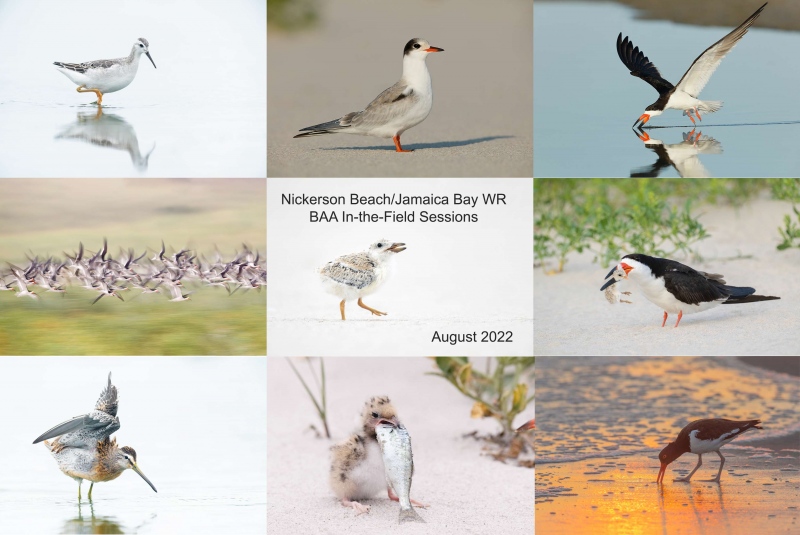

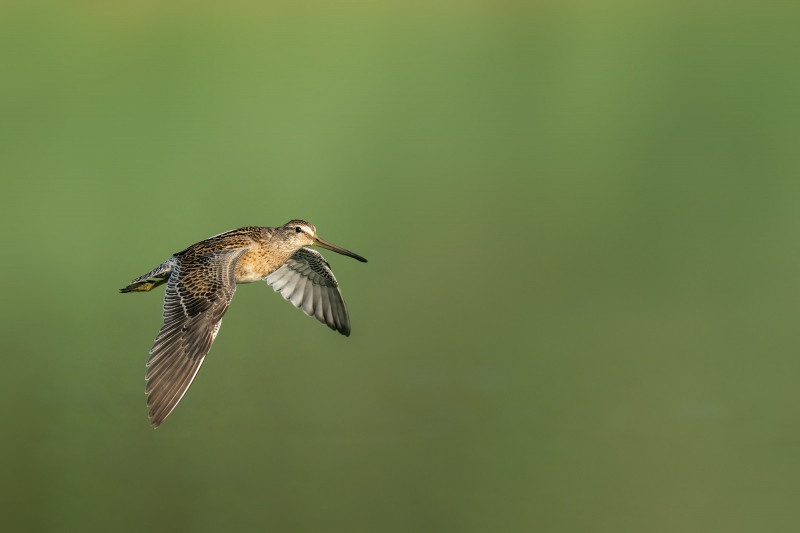
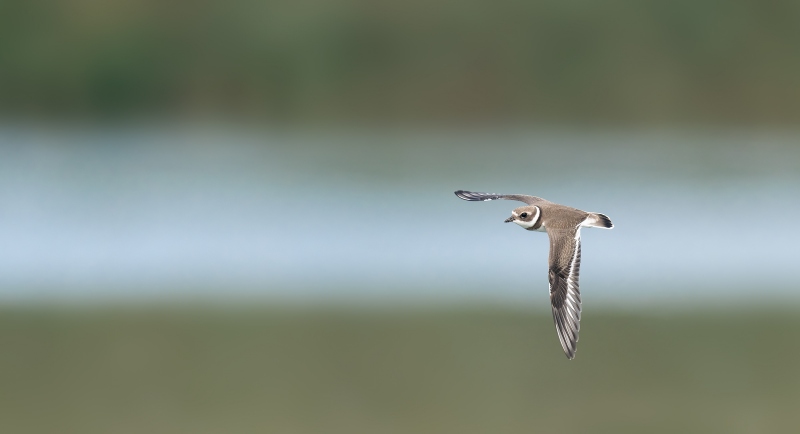
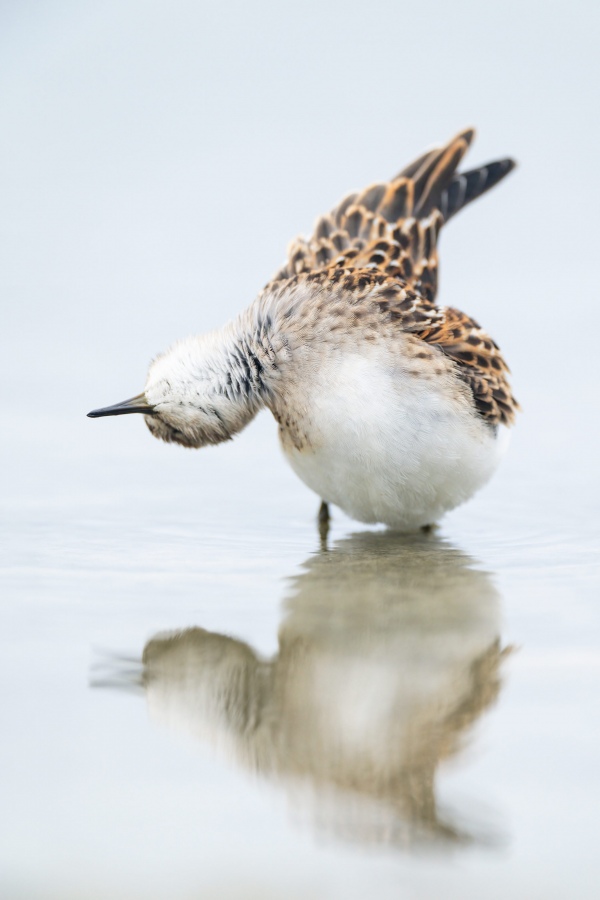
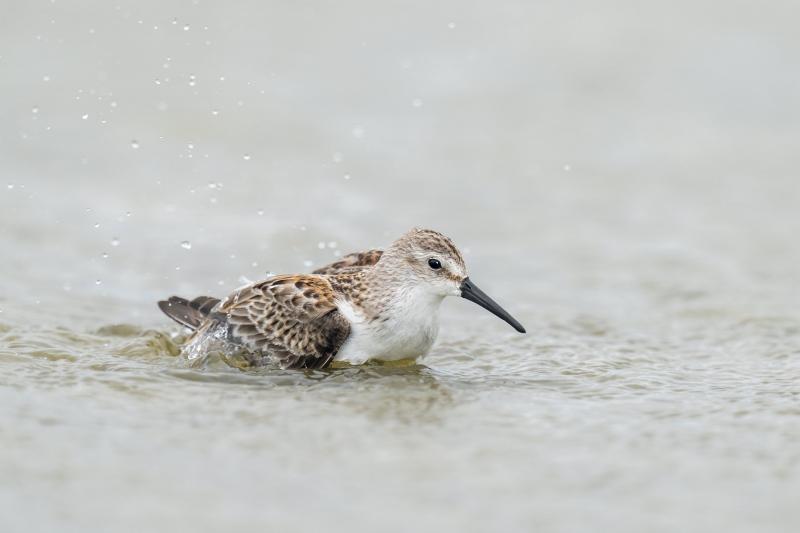















The bird in No. 2 is a beautiful subject, and the detail is incredible, making it my favorite. However, catching behavior plus the cute factor would have to go to No. 3.
Thanks Dr. Fish, Pugs, James, Tony, and Sue.
with love, artie
I’m in awe of the Dowitcher in flight image. I zoomed it to the max on my 27″ iMac and my eyes popped! Perfect wing position, and the bird appears to be looking at you. And SHARP?? Then there is that dreamy background. An image that makes me think “one day!” I love it! I’ll certainly remember this one.
Thanks for your more than kind words, Neil. I hope to do a lot better this August 🙂 Remember, Sony does not suck.
with love, artie
#3 for me, the preening least sandpiper. For the reason David Pugsley gave, and also the bird seems to be really enjoying itself. I was photographing some of those same species this morning on Nantucket thanks to a very low tide.
No. 3. I like the strange looking pose. Safe travels my friend.
#3 for me. I love unusual preening poses. They strike me as tiny, feathered ballerinas.
I like #1 and #2 mainly because they are in flight. I think you could even crop more possibly.
All 4 shots are great and #3 is hahahaha!!
Another advantage of ditching the tc for small BIF is avoiding the af slowing associated with the tc. While I haven’t seen data for Sony’s or Canon’s RF tc’s, the Canon EF 1.4x iii and 2x iii slowed the af down by 25% and 50% respectively. I still use tc’s for slower moving birds or distant subjects.
Thanks, Adam. That was covered to some degree by this one:
2- Without a TC you enjoy a wider aperture. The wider the aperture, the better autofocus can see the subject, and the better it functions.
with love, artie
ps: not to mention some loss of sharpness with the TCs. But the quality of the top-of-the line lenses makes that loss disappear.
3 1 and 2 are my favorites in that order. the pose in 3 is great and I like the bit of motion in the tail/wings. In 1 the green background is beautiful and sets off the rusty colored bird. In 2 catching the bird in the blue layer between the greens is great. And I like the wings down in both.
Thanks, EO.
with love, artie